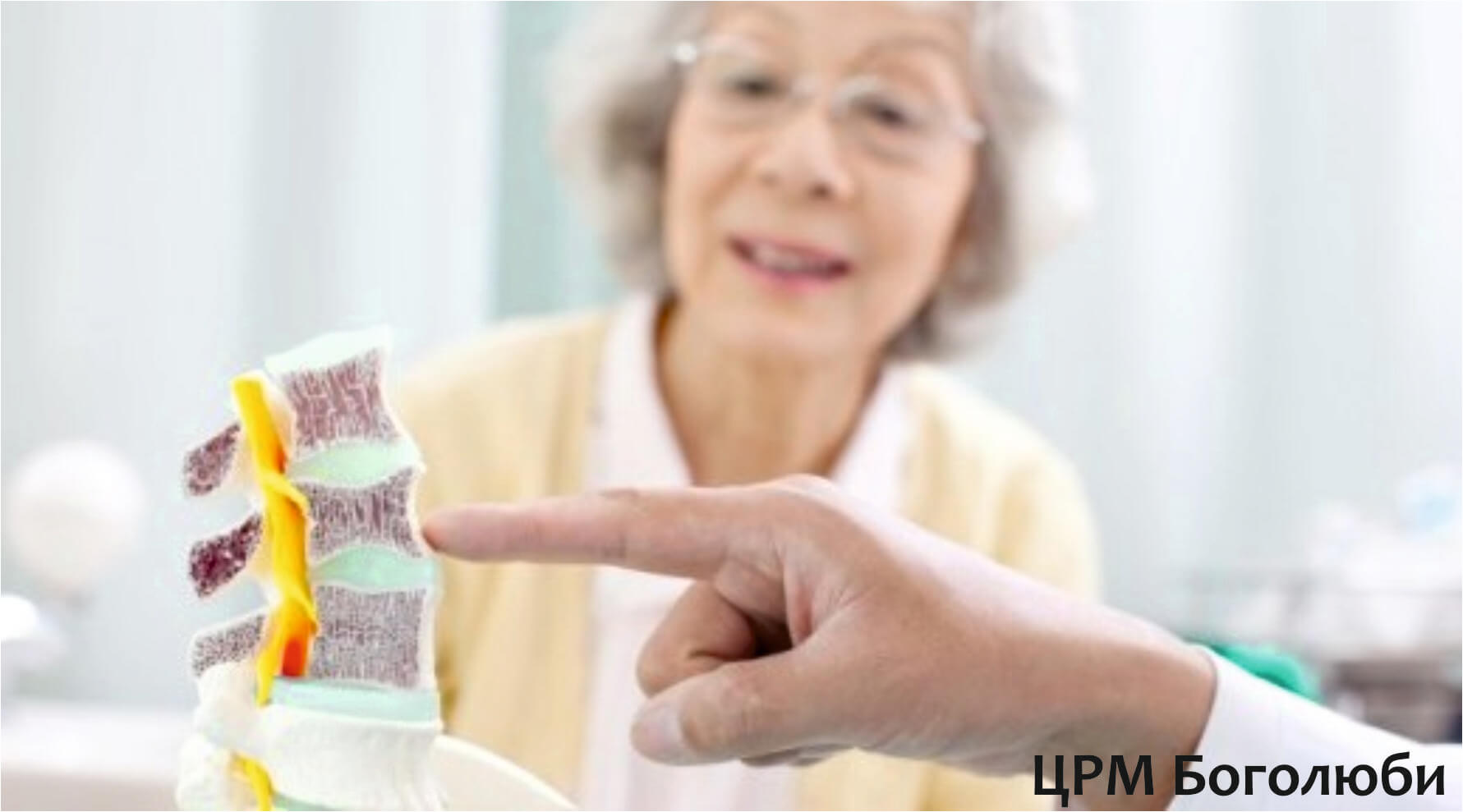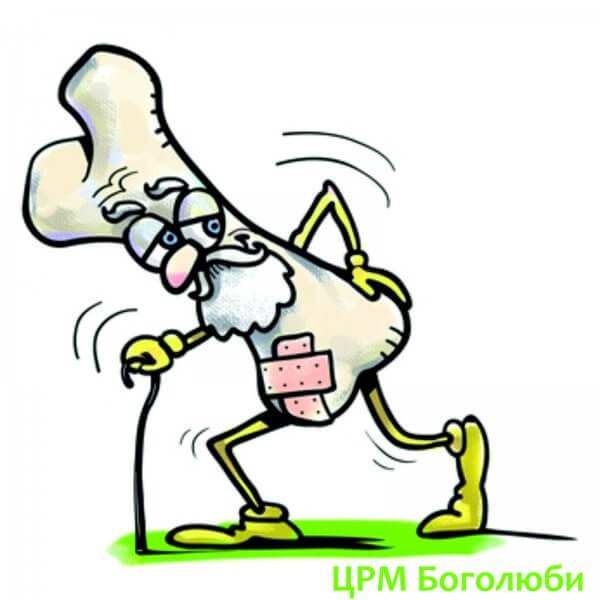One of the characteristic problems that many women face during the menopause is osteoporosis. Its development is largely facilitated by such factors as, for example, smoking, alcohol abuse, chronic diseases of the excretory system, hyperthyroidism and diabetes.
Symptoms of osteoporosis
Osteoporosis during menopause is manifested by a general deterioration in skeletal architecture, a progressive decrease in bone mass, which over time becomes very fragile. Bone and back pain become more frequent, the risk of fractures increases significantly, even after a minimal injury. A typical fracture of the femur.
In fact, bone loss accompanies us for most of our lives. But there is no doubt that with the extinction of female reproductive function, these degenerative changes only progress. A close causal relationship has been established between estrogen deficiency and accelerated bone loss.
Our bones are metabolically active organs that lend themselves to a continuous reconstruction process. Each year, approximately 10% of our total bone mass is renewed using the physiological mechanisms of neoplasm and resorption. In this context, estrogens play a key role in promoting tubular calcium reabsorption in the kidneys. Estrogen also indirectly stimulates bone formation.
In short, a decrease in estrogen levels with age leads to a decrease in bone mass. And estrogen replacement therapy, which is now widely discussed, can curb osteoporosis, significantly reducing the risk of fractures. But even more importantly, the prevention of osteoporosis, first of all, should be based on the woman's realization that low bone mass is main risk factor.
Prevention of osteoporosis
It must be remembered that with age, the body's need for calcium increases. After menopause, this need increases from 1 g (premenopause) to 1.5 g per day. Also an important factor is physical activity and the sun (which contributes to the production of vitamin D). Vitamin D regulates the intestinal re-absorption of calcium.

The skin synthesizes this vitamin using ultraviolet light. Epidemiological studies suggest that women over 65 have a serious vitamin D deficiency, which jeopardizes the absorption of calcium in the intestines. The diet should be designed so as to consume a sufficient amount of eggs, butter, fish, milk and dairy products, which are so rich in calcium. Simple bed rest contributes to the loss of bone minerals. Light age-appropriate exercises help matrix deposition on the reconstruction surface, contributing to the organic formation of new bone. Physical activity, among other things, plays an important role in the prevention of cardiovascular diseases, helps maintain a state of psychological well-being and improves the aesthetics of the body, maintaining a balanced weight and good muscle tone.
















